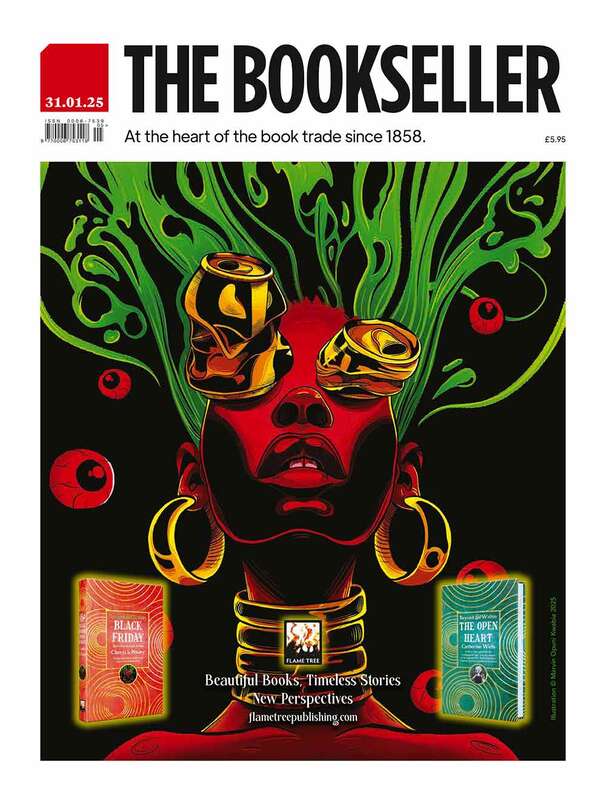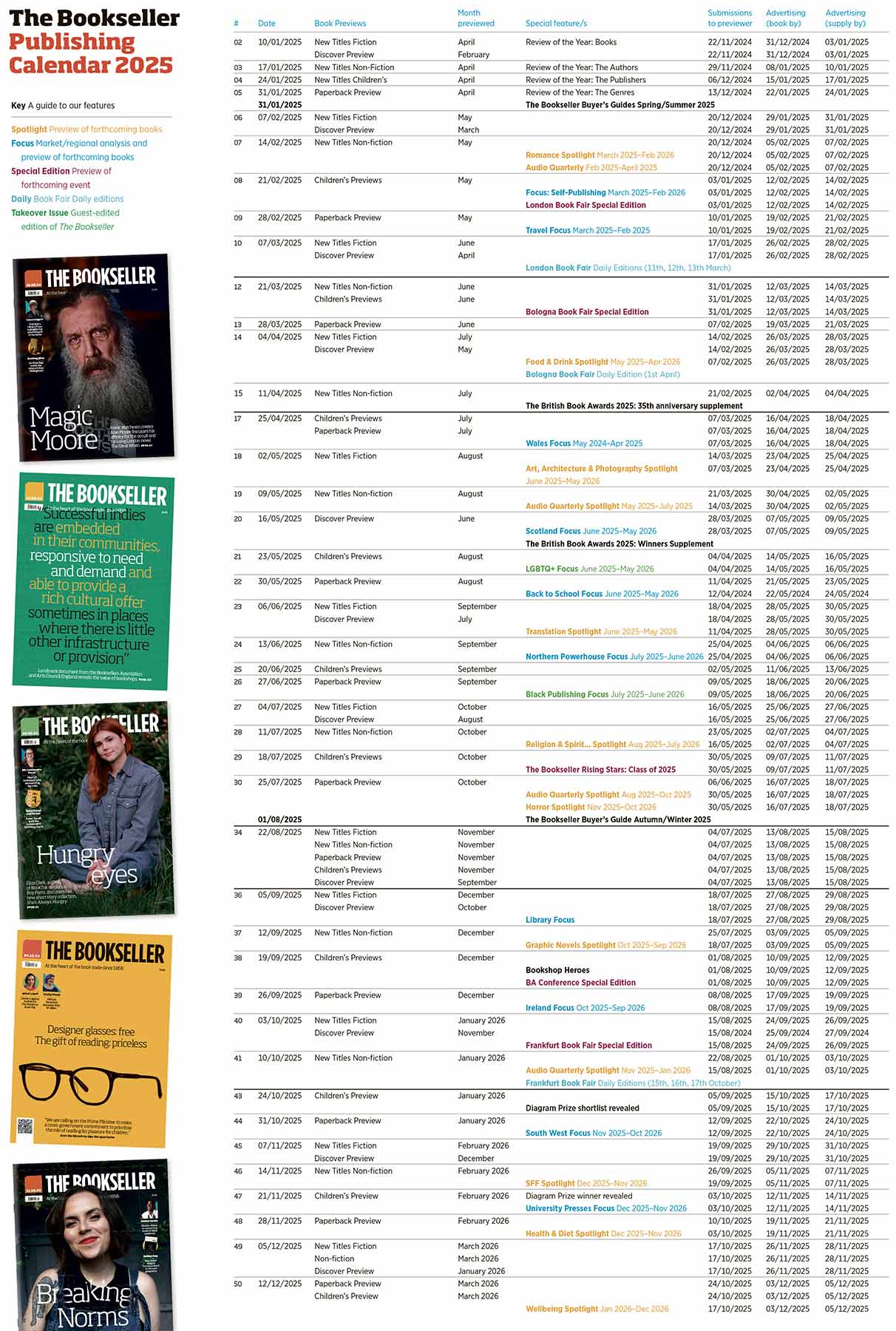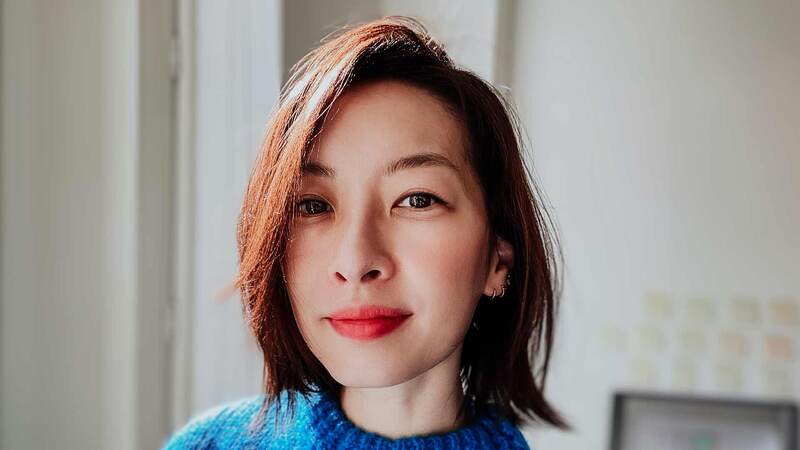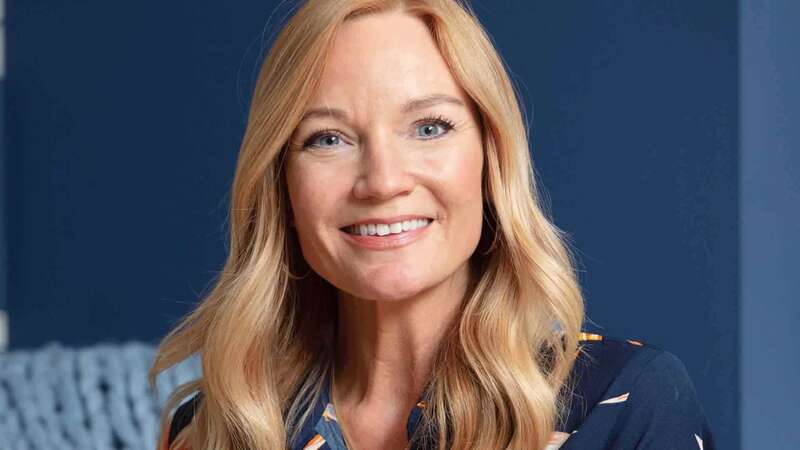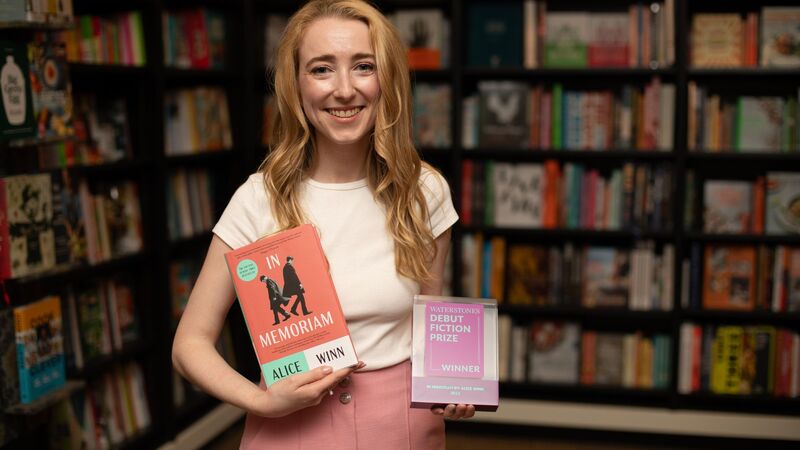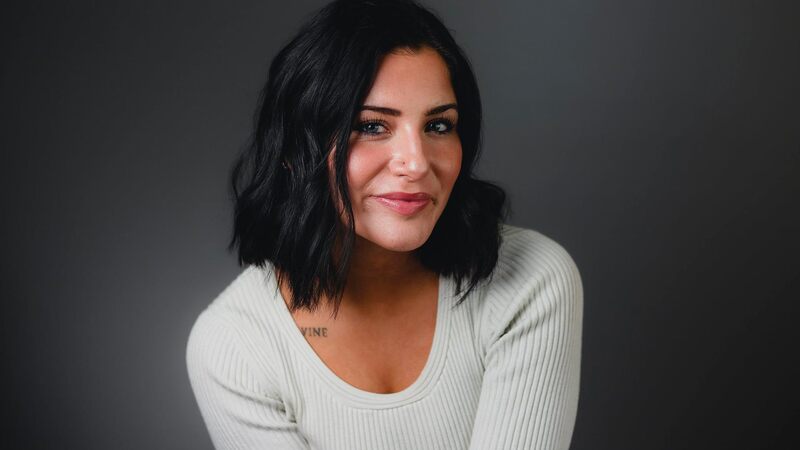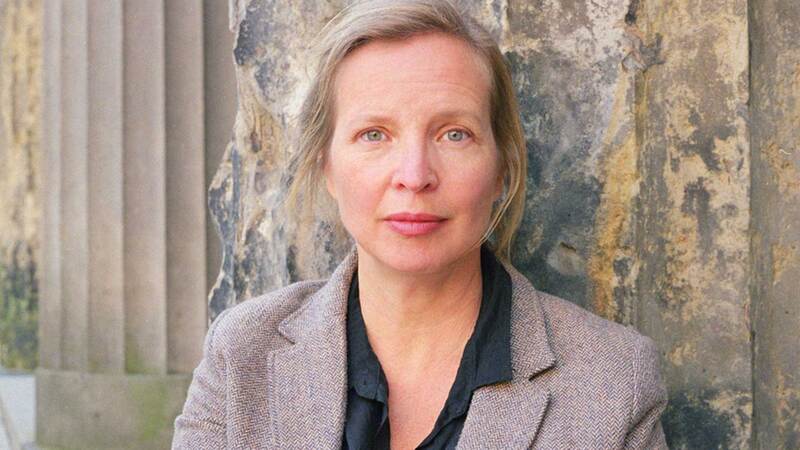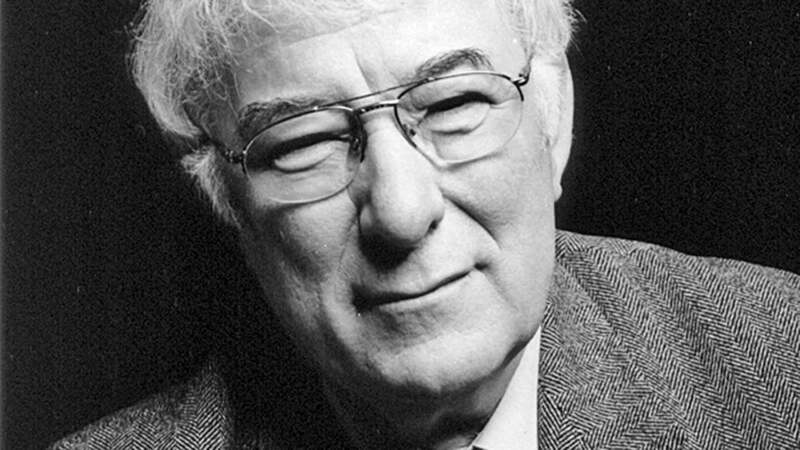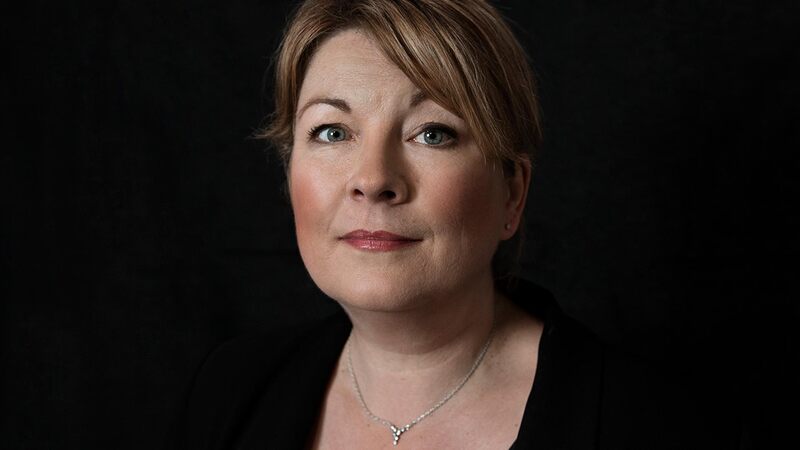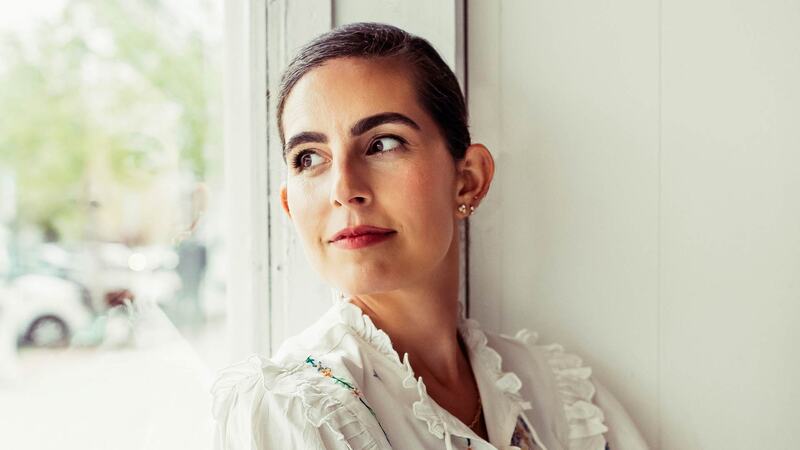You are viewing your 1 free article this month. Login to read more articles.
For the love of Jane Eyre
When I was seven years old, shortly after my father died, an aunt read my older sister and me the first chapter of Jane Eyre. It made a tremendous impression. I was afraid that my dead father might reappear as a ghost as Jane’s uncle seems to do in the red room as she sits there terrified in the dark. Perhaps it was this that started me writing, in an attempt to control such fears. Of course, I read the book again and again all through my life, like so many young girls do.
The novel’s continuing popularity seems to lie partly in the satisfying reversal of fortune at its heart: Jane the orphan child, the spurned cousin, the starved schoolgirl, the lowly governess becomes ultimately the wife of the wealthy Mr Rochester.
We follow in the path of this courageous young woman with sympathy, identifying with her familiar struggles against neglect, boredom and oppression, rejoicing in her victory at the end.
Part of our interest in the novel lies also in the lives of the author Charlotte Bronte and her sisters: the three girls living together and sharing their work, isolated in a grim parsonage surrounded by graves and moors, coping with a drunken brother, their brief moment of fame, and their youthful deaths. It was this that made me want to bring them to life on the page.
I was interested in Charlotte’s progression from her failed first book The Professor to what became overnight a bestseller: Jane Eyre. As a writer and teacher, I was curious as to what enabled her to move closer to her material, to bring Jane herself to life.
My book begins as Charlotte sits in a dark room in Manchester beside her ill father’s bedside - and takes up her pencil to write. I trace both her past life, her unrequited love affair with her professor in Belgium, her struggles as a governess, her relationship with her beloved sisters, and above all with her father who now lies helpless beside her.
I imagined this moment of power enabled her to adopt a voice closer to her own and to use enough of her own life and emotions to bring us close to her fictitious heroine. I wanted to capture her relationship with her sisters, both her close friends and her confidantes, and her rivals in the writing world. I imagined the moments when their books: Emily's Wuthering Heights and Anne's Agnes Grey are accepted and her own, The Professor is rejected by a publisher. I wanted to describe, too, Charlotte's sorrow at their deaths.
Having lost my own sister at a young age (39) I was moved by these repeated tragedies in Charlotte’s life as well as by the support, camaraderie, and rivalry of writers in the same family. My own daughter Sasha Troyan, a writer, has often so helpfully read my work - though it is more difficult for me to be both a character and a critic in hers!
Ultimately, I wanted to reach out to others to give them a recognisable place where they could share some of what I, as well as Charlotte Bronte, had experienced, with the hope of giving my readers the sense that our emotions, even with the great distance of time and place are similar, that we are not alone. I hoped that by following in the path of these brave women I might give courage to those who might take up my book and find a distraction from their lives and also a deeper understanding of the human heart.
Becoming Jane Eyre by Sheila Kohler is published by Corsair. Jane Eyre opens today in UK cinemas.

